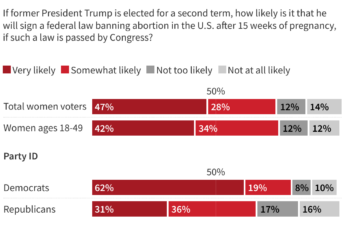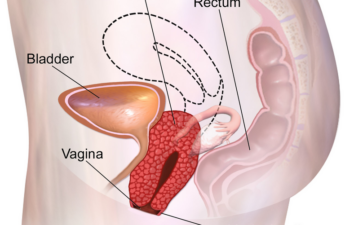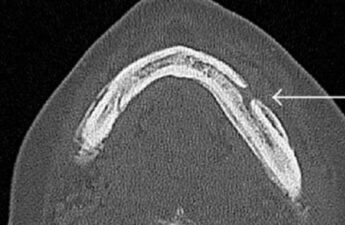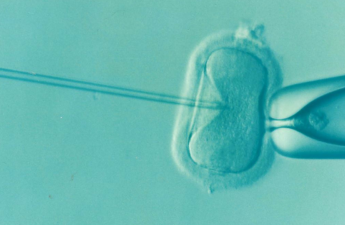Category: Women’s Health
Women are at a higher risk of dying from heart disease − in part because doctors don’t take major sex and gender differences into account
Heart attack, stroke and other forms of cardiovascular disease are the leading cause of death for all people, regardless of sex or gender.
Health News Headlins
Weight-loss drugs for stroke prevention – Harris’ “At-home Medicare” proposal – Infant deaths have risen after Dobbs – Pink Cocaine
Do IUDs cause breast cancer? Here’s what the evidence says
For every 10,000 women, this study suggests we might see an extra 14 cases of breast cancer after up to five years of use, 29 cases after 5–10 years use, and 71 cases after 10–15 years use. In “absolute” terms – as a proportion of all the IUD users – all of these risk increases are comfortably under 1%.
Abortion Emerges as Most Important Election Issue for Young Women, Poll Finds
Nearly 4 in 10 women under 30 surveyed in September and early October told pollsters that abortion is the most important issue to their vote. Just 20% named abortion as their top issue when KFF conducted a similar survey in late May and early June.
What is pelvic organ prolapse and how is it treated?
Pelvic organ prolapse can be distressing or embarrassing and interfere with everyday activities. But it’s also common. For many women treatment is simple, effective and doesn’t involve surgery.
Abortion Emerges as Most Important Election Issue for Young Women, Poll Finds
Nearly 4 in 10 women under 30 surveyed in September and early October told pollsters that abortion is the most important issue to their vote. Just 20% named abortion as their top issue when KFF conducted a similar survey in late May and early June.
Jaw Problems Linked to Bone-Modifying Drugs Not as Rare as Once Thought
Osteonecrosis of the jaw (ONJ) can cause parts of the jawbone to breakdown and die.
200+ women faced criminal charges over pregnancy in year after Dobbs, report finds
In the year after the U.S. Supreme Court dismantled the federal right to abortion in June 2022, 210 pregnant women in a dozen states were criminally charged for conduct associated with their pregnancy, pregnancy loss or birth. Six states — Alabama, Oklahoma, South Carolina, Ohio, Mississippi and Texas — accounted for most cases.
Health News Headlines
Hospital sued over abortion denial – Breast cancer on rise among young women – Hidden liver disease – Obesity first health care – Marburg in Rwanda
Will abortion swing the first post-Roe presidential election?
Throughout this election cycle, polls in the swing states have shown bipartisan support for abortion rights, especially when voters are educated about what abortion bans do. Voters in more than half of the states expected to determine the presidential winner have, to varying degrees, lost access to abortion. And abortion-rights activists across these states told States Newsroom they are determined to protect that access, or to get it back.
Health News Headlines
Drop in overdose deaths – Abortion ban death – IVF bill fails – “Mommy brain”
Wildfire smoke is a health risk for pregnant people — both physically and mentally
As the West’s wildfire season worsens, a new Human Rights Watch report urges policymakers to address the toll it’s taking on pregnancy and birth outcomes.
Report: Rural Women See Drops in Health and Reproductive Care
Differences in Medicaid coverage – whether it is in the 10 states that have yet to expand Medicaid, or the unwinding of Covid-19-based Medicaid coverage – has left millions of women either uninsured or with gaps in their health care coverage.
Endometriosis types and ovarian cancer risk
Researchers found that women with certain types of severe endometriosis are at significantly increased risk of ovarian cancer.
Health News Headlines
I.V.F. Threats Drive Clinics to Ship Out Embryos – Teen mental health in US has improved post-pandemic – Is COVID Endemic Yet? Yep, Says The CDC.














